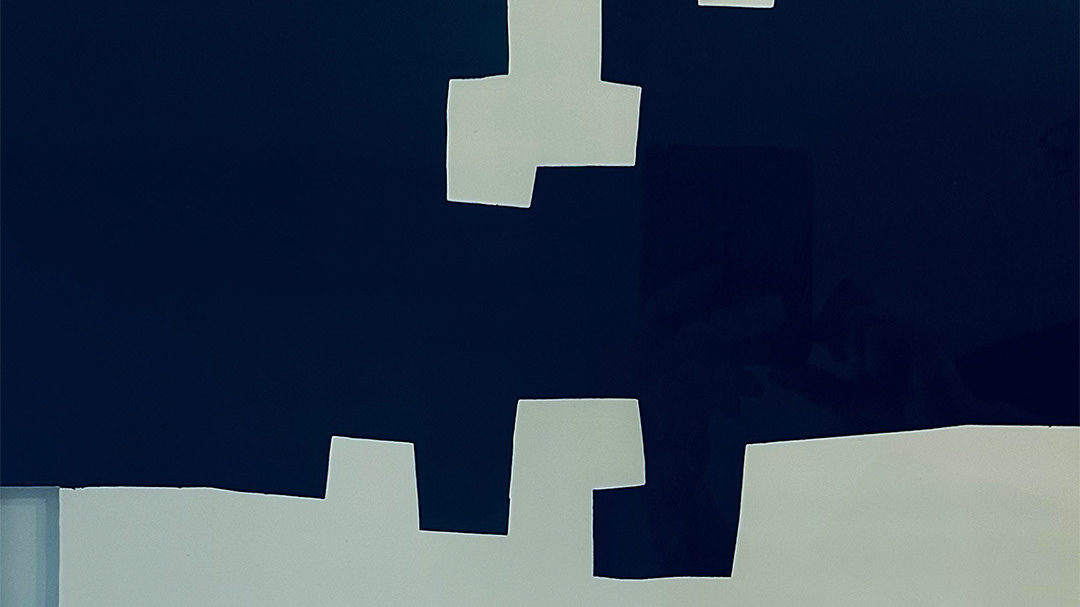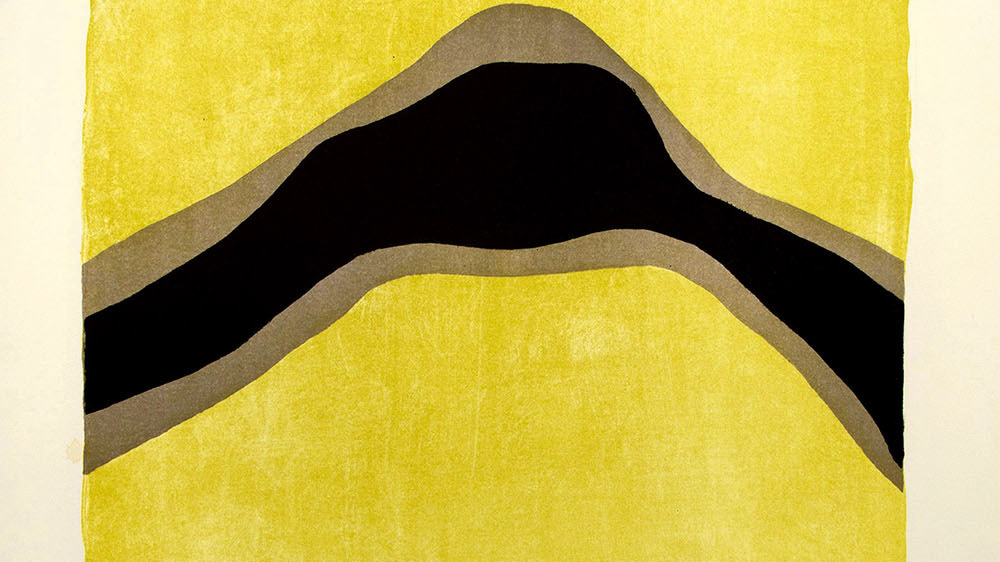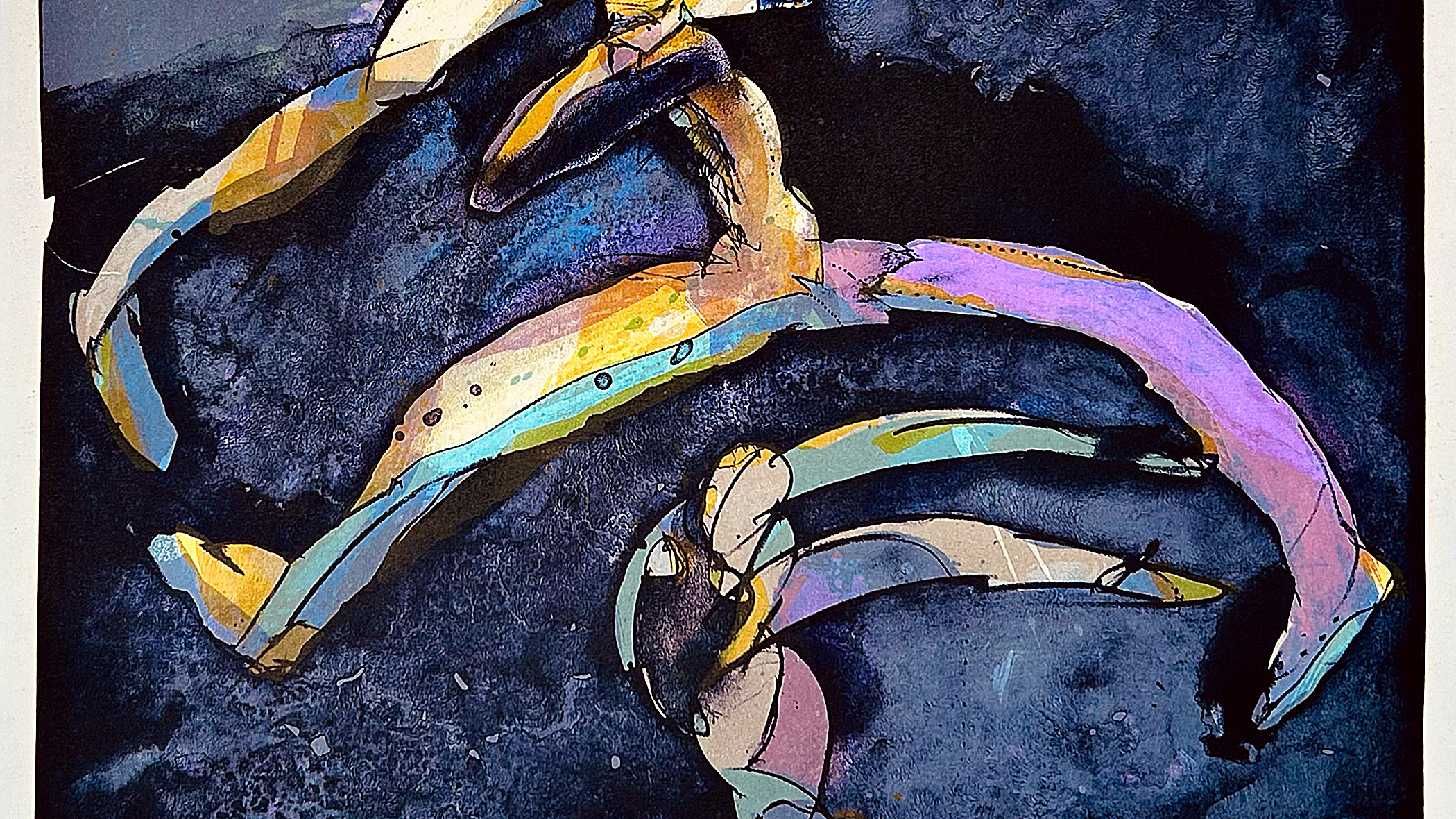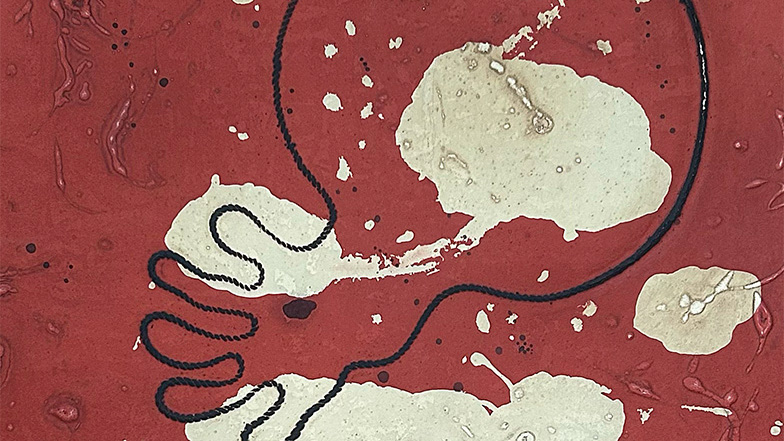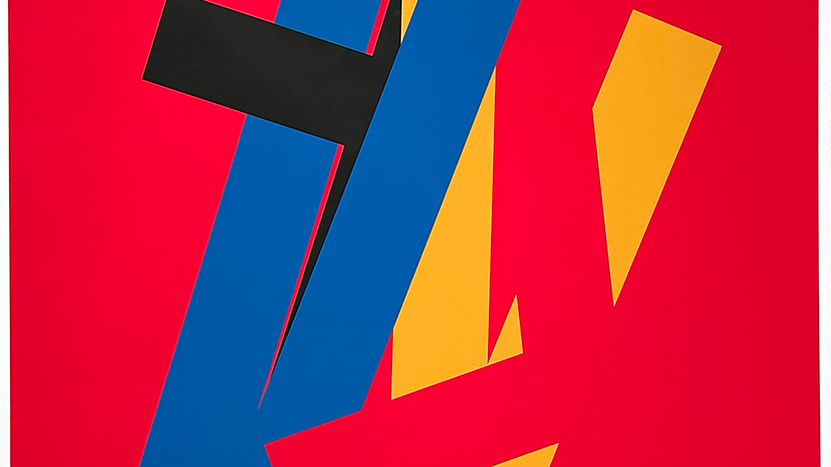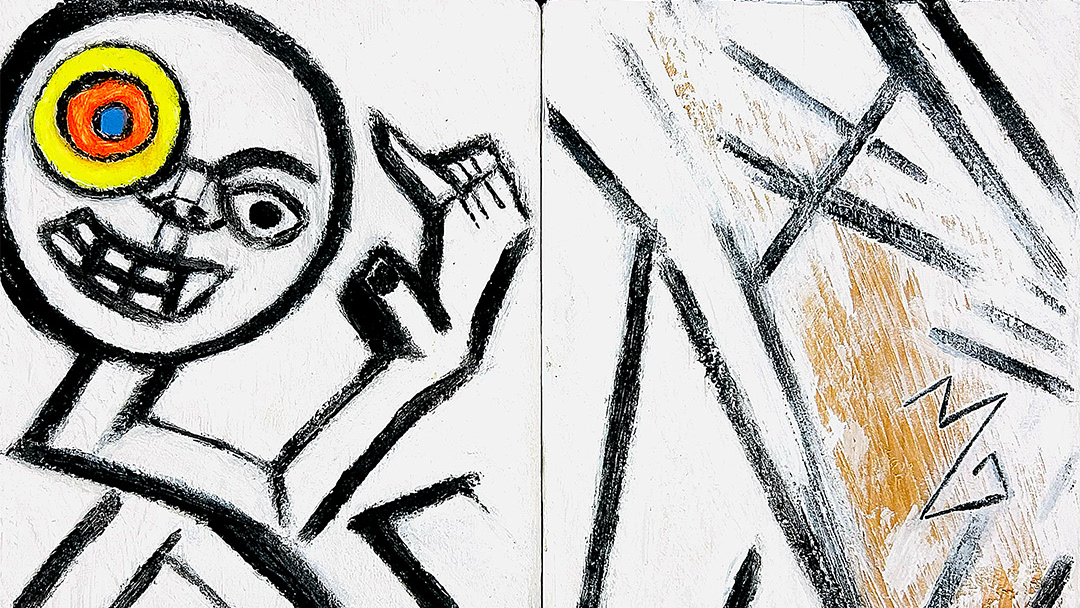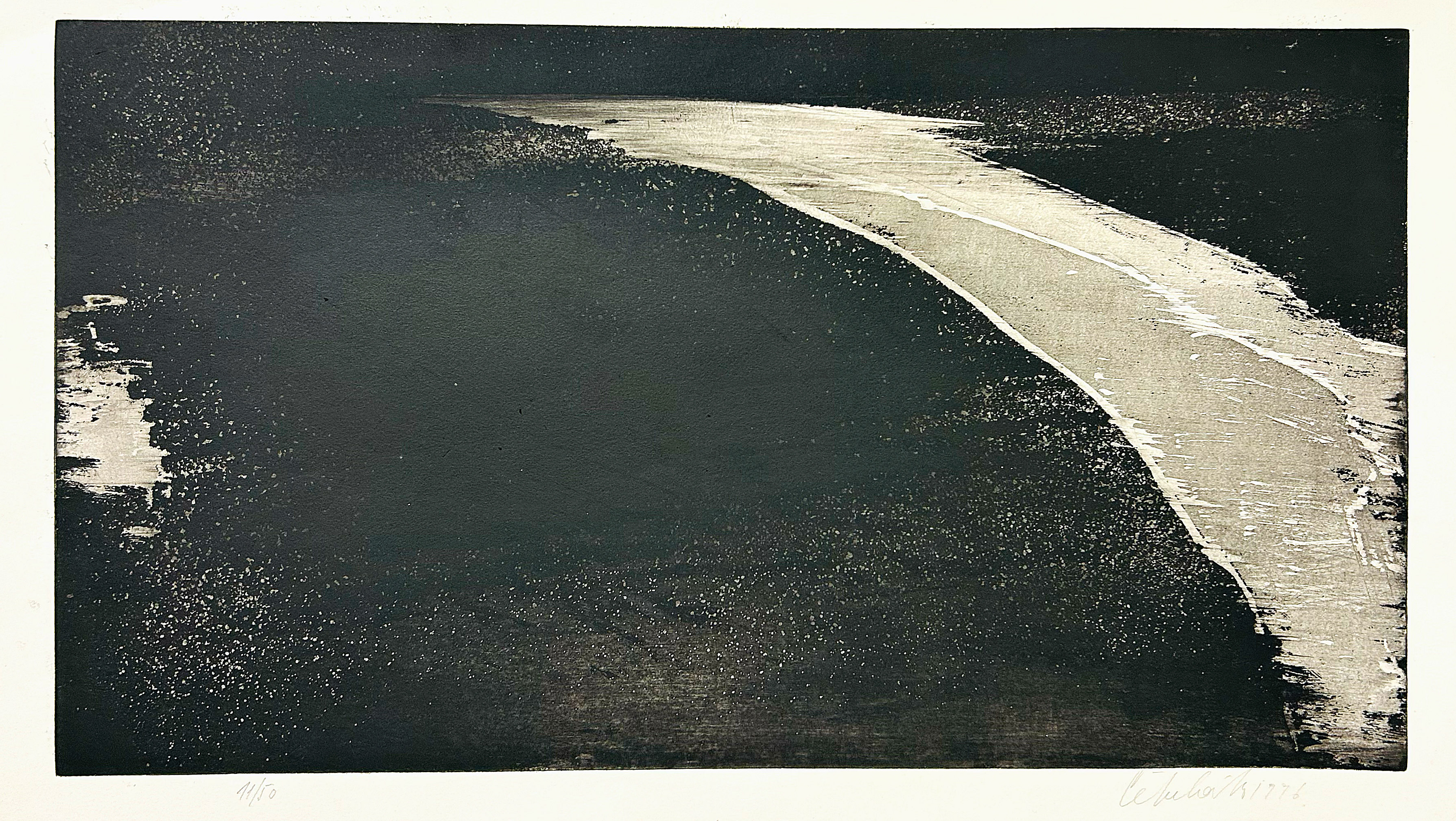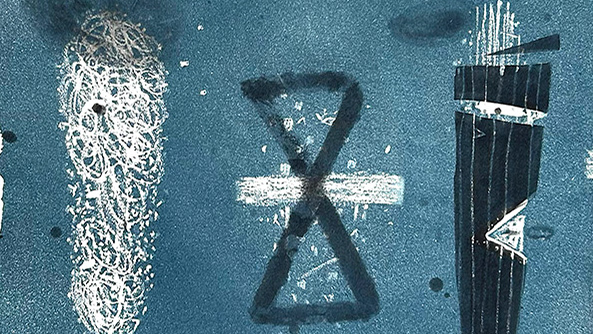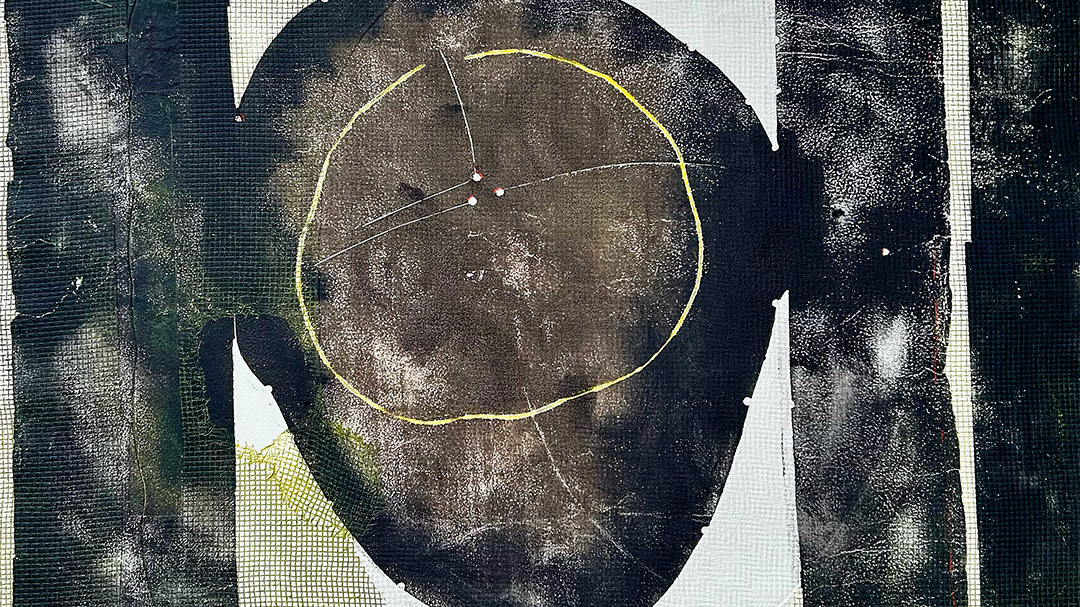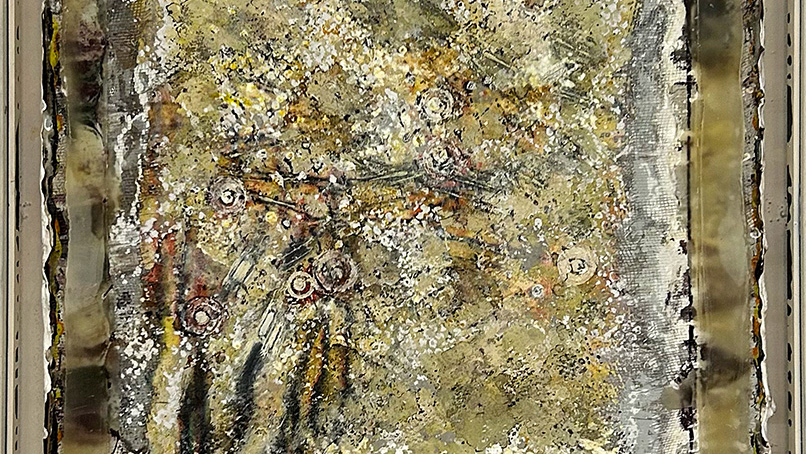Eduardo Arranz Bravo (8 October 1941 – 20 October 2023) was a Catalan Spanish painter.
Born on 8 October 1941,[2] stylized Eduard Arranz-Bravo, to a Basque father and an Argentinian mother, Arranz-Bravo studied at the San Jorge Fine Arts School in Barcelona from 1959 to 1962.
In 1961, he held his first individual exhibition, "15 paintings by Arranz", in the Club Universitario de Barcelona. The exhibition that brought him recognition from the Barcelona critics was that organized by the Centre de Cultura Contemporània de Barcelona in 1962. Between 1968 and 1970, he was part of a group of artists consisting of Gerard Sala, Robert Llimós, and Rafael Bartolozzi Lozano (Rafael Lozano Bartolozzi), with whom he continued to collaborate until 1982, alternating between collective and individual exhibitions. His contact with these artists influenced his early work. Arranz-Bravo's early work was abstract and moved towards new figuration and pop art. All the artists, however, continued with their own work at the same time.
Over the course of his six-decade career, Spanish artist Eduardo Arranz-Bravo has consistently pushed figuration in bold new directions. Working across painting, drawing, lithography, and sculpture, Arranz-Bravo is renowned for his experimental treatment of the body and graphic style influenced by Surrealismand Pop art. Initially involved with the Informalists, a movement of abstract artists working in Europe in the 1940s and ’50s, Arranz-Bravo trained at the Catalonian Royal Academy of Fine Arts of Saint George in Barcelona, where he met the artist Rafael Bortolozzi. The two collaborated throughout the 1970s, including on large-scale murals created for the 1978 opening of the International Center of Photography in Barcelona. Renowned in his home country, Arranz-Bravo exhibited at the 39th Venice Biennale in 1980, and a showcase of his work was presented at the Museo Reina Sofía, Madrid, in 1999.
Eduardo Arranz-Bravo, "Casa 10", Lithography 49/75, 56 x 76 cm, 1988

